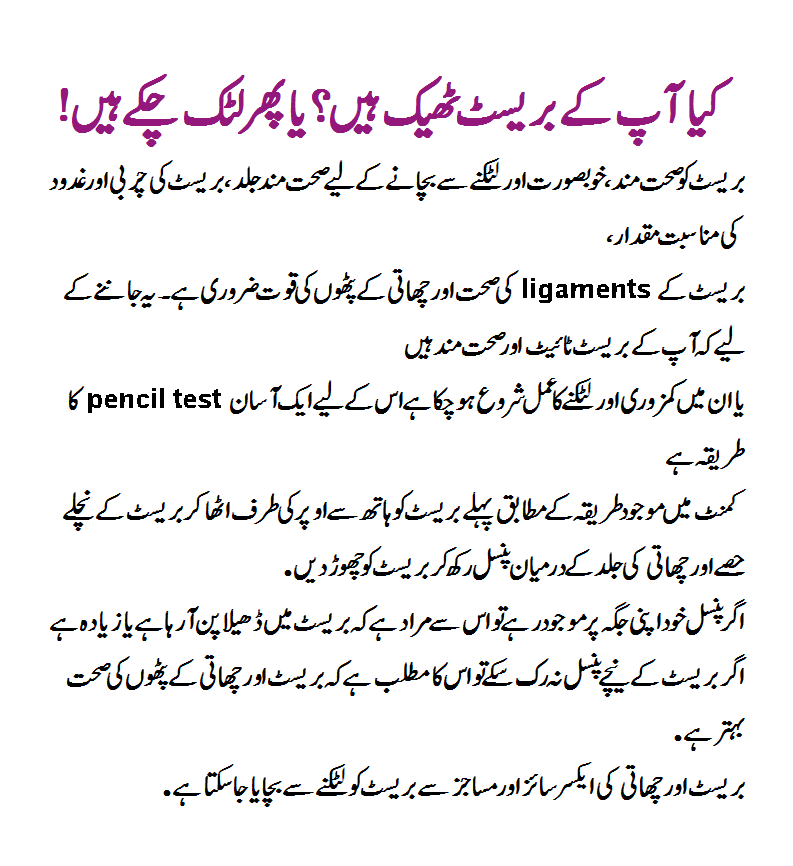Your breasts go through changes when you have your period, when you’re pregnant or breastfeeding, and when you go through puberty and its flip side, menopause.But outside of these times, what’s normal? And when should you check in with your doctor?Each breast has 15 to 20 sections, or lobes, that surround the nipple like spokes on a wheel. Inside these lobes are smaller lobes,
called lobules. At the end of each lobule are tiny “bulbs” that make milk. These things are linked together by small tubes called ducts, which carry milk to the nipples.
The nipple is in the center of a darker area of skin called the areola. The areola contains small glands called Montgomery glands, which lubricate the nipple during breastfeeding.
Fat fills the spaces between the lobes and ducts. There are no muscles in the breasts, but the pectoral or chest muscles lie under each breast and cover the ribs.
Each breast also contains blood vessels, as well as vessels that carry a fluid called lymph. Lymph travels throughout the body through a network called the lymphatic system.
The lymphatic system carries cells that help the body fight infections. The lymph vessels lead to the lymph nodes (small bean-shaped glands).Breast development and function depend on the hormones estrogen and progesterone,
